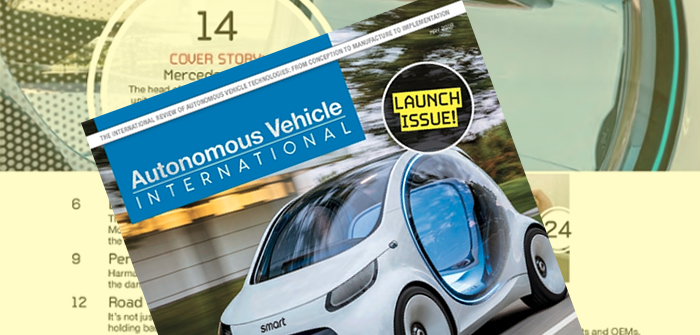Ricardo has R&D and demonstration projects in progress in Europe, Asia and North America aimed at advancing the technology required for truck platooning.
In addition to its ongoing R&D and demonstration programmes, Ricardo’s connected and automated vehicle (CAV) experts were actively involved in the recently completed EcoTwin III truck platooning project. This European research initiative developed technology for a three-truck platooning system enabling an inter-vehicle time gap for the platooned trucks of 0.3 seconds or less (or 7m at 80km/h).
While the EcoTwin III project concluded in late 2017, the Ricardo project team has continued to build upon the results in the crucial areas of functional safety and the development of platooning control software.
In its platooning safety work, Ricardo has further developed processes for CAVs based on a modified approach based on the automotive functional safety standard ISO 26262. The company says that in doing so, the safety case approach has also been deepened to demonstrate the required level of complexity for CAV safety in the context of platooning. In addition, Ricardo has developed a deeper understanding of the requirements of highways authorities for CAV road exemptions.
Ricardo has also continued to develop its Platooning Control Algorithms, Model and Simulation (PCAMS) software, which provides a ‘whitebox’ system that is adaptable for platoon lead and following-vehicle control using camera/radar and V2V data. The system is designed to enable a stable inter-vehicle gap size to be maintained and ensure the string stability of the platoon. The PCAMS software is based on the original work Ricardo led in the H2020 SARTRE programme and through various follow-on platooning projects in Europe and North America.
“Truck platooning offers an opportunity to improve the safety of truck transportation, reduce CO2 emissions and operator fuel costs, while also reducing the demands placed upon truck drivers,” said Richard Saady, vehicle automation and safety specialist at Ricardo.
“This is probably one of the closest-to-market CAV applications and one that offers tangible environmental, commercial and safety benefits. We are pleased therefore to be developing some of the enabling technologies and participating in collaborative R&D programmes, aimed at bringing the benefits of this technology to the world’s highways.”


